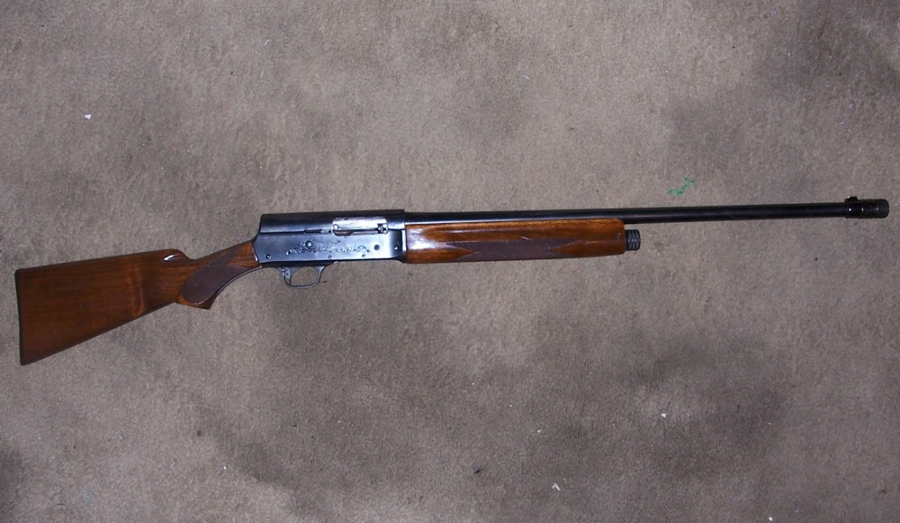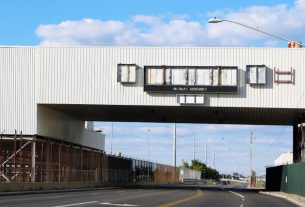The development of sporting firearms has always seen hunters trying to gain an advantage in terms of greater firepower and faster speed of firing. Muzzleloading shotguns gave way to breechloaders, giving shotgunners the ability to reload much faster. And as repeating firearms began to hit the market, the big competition on the market came down to manually cycling versus semiautomatic operation.
Whereas side-by-side shotguns offered a quick second shot in the event of a miss, pump shotguns such as the Winchester 1897 took a little bit of time to get that second round into the chamber. A semiautomatic shotgun offered a quick second (and third and fourth) shot in case of a miss or when facing numerous birds in a flock.
The Browning Auto-5, or A-5, was the first commercially successful semiautomatic shotgun on the market. Designed by John Moses Browning, whose firearm designs dominated the late 19th and early 20th century firearm markets, the A-5 and related models were eventually produced by three different manufacturers.
When Winchester turned down the A-5 design and Remington hesitated, Browning got Belgian firm Fabrique Nationale (FN) to produce the A-5. Production began in 1902. The A-5 design was licensed to Remington in 1911, where it was produced until 1947 as the Remington Model 11. Savage also produced variations of the A-5, the Models 720 and 745, in production from 1930-1949 and 1941-1949 respectively. Production of the A-5 finally ceased in 1998.
FN produced over 2 million A-5s over the years, while Remington produced over 850,000 Model 11s. With its distinctive humpback receiver shape, the A-5 and Model 11 are instantly recognizable. Both the A-5 and Model 11 were available in 12-, 16-, and 20-gauge. Browning has recently begun production of a new A5 shotgun but, apart from the shape of the receiver, the new shotgun has nothing in common with the old Auto-5.
Advantages of the A-5 and Model 11
1. Price
Prices of the A-5 and Model 11 are all over the place and mostly depend upon age and condition. The Belgian-made A-5s generally command a premium, while the Model 11s can be found much cheaper. While you can find them occasionally for less than $200, those will be models in rough shape, heavily used and likely with surface rust if not outright pitting. Expect to pay $350-450 at least for a decent example, which is still quite competitive when compared to modern semiautomatic shotguns such as the Remington 1100.
2. Longevity
Made from heavy steel and with quality milling, the Auto-5 and Model 11 shotguns will last a long time if properly cared for. Expect the life cycle of an Auto-5 to be counted in the tens of thousands or hundreds of thousands of rounds.
Disadvantages of the A-5 and Model 11
1. Age and Condition
As these shotguns age, fewer and fewer examples will be found in good condition. That will drive the price of existing guns in good condition even higher. And while production may have only concluded about 20 years ago, parts and aftermarket accessories will eventually dry up and become more difficult to find.
2. Complexity
With both the bolt and barrel recoiling, the operation of the A-5 and Model 11 differs significantly from most modern semiautomatic shotguns. Because of its design, the A-5 did not tolerate lots of lube, only needing a light coating of oil. The A-5’s recoil system is adjustable to adapt to light, medium, and heavy loads, but the system of friction rings that make up that system and the method of setting them can be difficult to learn. Failing to set the friction rings properly can lead to malfunctions or to excessive recoil that can damage the shotgun and wear out parts prematurely.
This article was originally posted on Red Tea News.





